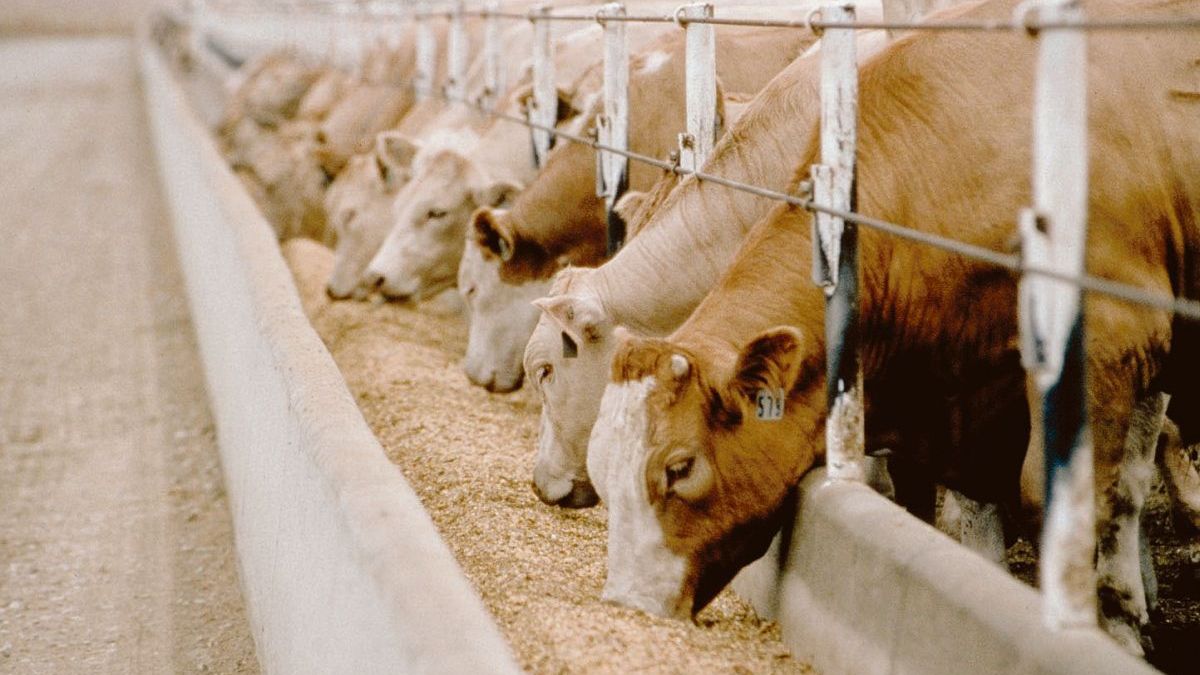Thus, currently there would be 30 million animals suffering the effects of the drought. “Meanwhile, mortality on the farm is beginning to be reported and a higher percentage of empty cows that, due to their condition, not only enter the reproductive cycle, but are also unable to raise calves,” they detail from Rosgan.
The other direct consequence is that more and more animals from the fields are entering slaughter, in a difficult decision for the producer because he does not have pastures for animal feed. During November, just over 1.19 million animals were sent to slaughter, 6% more than what was sent the previous month and 7% more than what was sent in November last year.
“To this data, we add the animals that, even working at a loss, continue to enclose the feedlots for their completion to grain. Although the statistics of actual income to fattening establishments are not yet available, during the last month, the eloquent data is the number of animals declared in stock on the first day of December. According to data reported by Senasa, this number amounts to 1.6 million, barely 4.5% less than what was registered the previous month, that is, a load still too high for the time of year and the burdensome situation faced by the feedlot . Another high-impact data is the number of cows that continue to be sent to slaughter, something that could increase in the coming months if the current climate situation is not reversed. According to data from Senasa, during the last month 183,832 cows were sent to slaughter plants, which is 12.7% more than what was registered the previous month, at a time when seasonally the slaughter of cows should begin to decline ”, advance from the Rosgan.
Meanwhile, the latest projections released by the World Meteorological Organization, maintain with a probability of 75% that “La Nina” would be sustained until the second month of 2023. Only from March would begin to generate a change in trend towards neutrality. Therefore, there are still three months to go, which in light of the forecasts could be critical for livestock.
Within this framework, livestock producers affected by the drought request assistance from the provinces and the national State to get out. The declaration of an agricultural emergency in various municipalities can be read as limited aid and that is why the sector asks for non-refundable contributions, among other points.
Meanwhile, the question of how the national stock will continue under this scenario hovers because calf rearing and the pregnancy rate of cows are also complicated. A complex scenario that could ultimately have a full impact on meat prices for next year.
Source: Ambito
David William is a talented author who has made a name for himself in the world of writing. He is a professional author who writes on a wide range of topics, from general interest to opinion news. David is currently working as a writer at 24 hours worlds where he brings his unique perspective and in-depth research to his articles, making them both informative and engaging.




